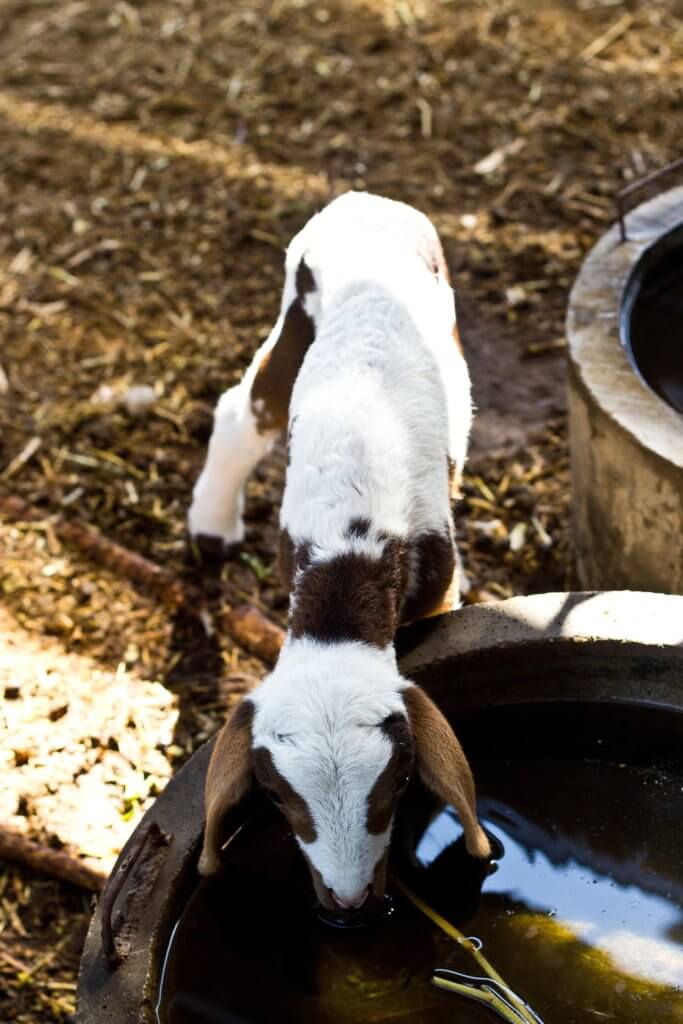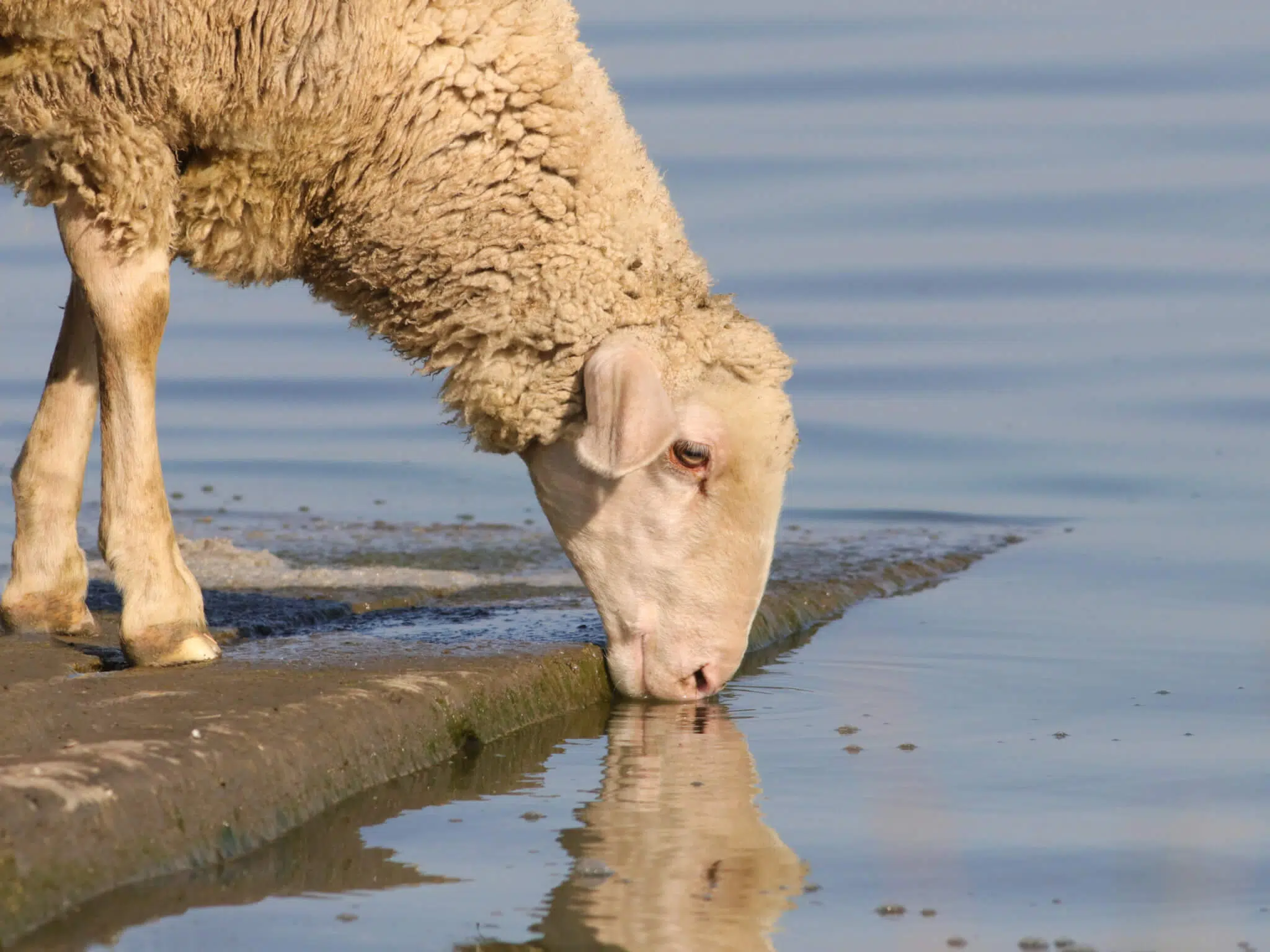When you turn the key in your car in the morning, it just starts. Until the day it doesn’t, and your whole world falls apart. The mechanic tells you that contaminated fuel caused your engine to seize. Drinking water can be compared to fuel. Water is the most important nutrient for life, and contaminated water can cause disease in both humans and animals. Do you know what effects a high bacterial count in livestock drinking water may have on animal production?
The quality of water is influenced by its source combined with contamination from the environment, and it is determined by testing factors such as pH, odour, taste, total dissolved solids content, nitrate concentration, and bacterial count. In this article, we consider bacterial count and its effect on livestock operations.
Understanding the bacterial count
A total bacterial count is a count of all the possible bacteria found in the water. When the total bacterial count reaches 500 units per 100 ml, the water needs to be tested further to determine the source of contamination. A bacterial count can be sub tested for coliform bacteria (which comprise many types of bacteria that occur naturally throughout the environment), and this is used in water analysis to indicate the potential presence of disease-causing bacteria in water. The presence of coliform bacteria over 15 units per 100 ml in water does not mean that consuming the water will cause disease, it rather shows that a contamination pathway exists between the bacteria and the water. Contamination could be caused by human and/or animal waste, insects or rodents entering the well, or from floodwaters that infiltrate the water supply. Faecal coliform bacteria are a subgroup of coliform bacteria that indicate sewage contamination. Escherichia coli is a subgroup of faecal coliform bacteria and a high E. coli count in water may cause intestinal infections in livestock. Faecal bacterial counts should be below 10 units per 100 ml.
Finding the source of contamination
When drinking water is contaminated, the source of contamination must be determined, and the water disinfected. Contaminated water can have many effects in livestock operations and reduce farm efficiency, productivity, and profitability.

It is well known that livestock alter their drinking behaviour when water quality is poor. Livestock that have poor water intake will show poor production parameters, such as poor growth in poultry and feedlots, and poor milk production in dairies. When water is contaminated with bacteria, high somatic cell counts in dairies and intestinal upsets in all animal species can ensue. Furthermore, when an animal does not drink enough water and the body cascades into a stress situation, the animal will not be able to react as it should when a pathogen is encountered. The immune system is compromised, and the animal is left unable to fight infections while it is drinking water that contains bacteria that further increase the pathogen load. At this stage, though, the farmer can still resolve the problem by disinfecting the water and providing the animals with supporting nutrients to boost the immune system (such as performance mineral supplementation).
Conclusion
Contaminated water can cause disease and poor production. Regularly test your livestock’s drinking water to keep yourself and your livestock safe.
Read more about the five top tips for taking a top-quality water sample and the red flags of poor water management.
Anri Strauss is a scientific adviser in the ruminant team at Chemuniqué, holding a master’s degree in nutrition from the University of Pretoria. She grew up on a farm and still lives in the Free State, where she and her husband also farm with Boer goats.










